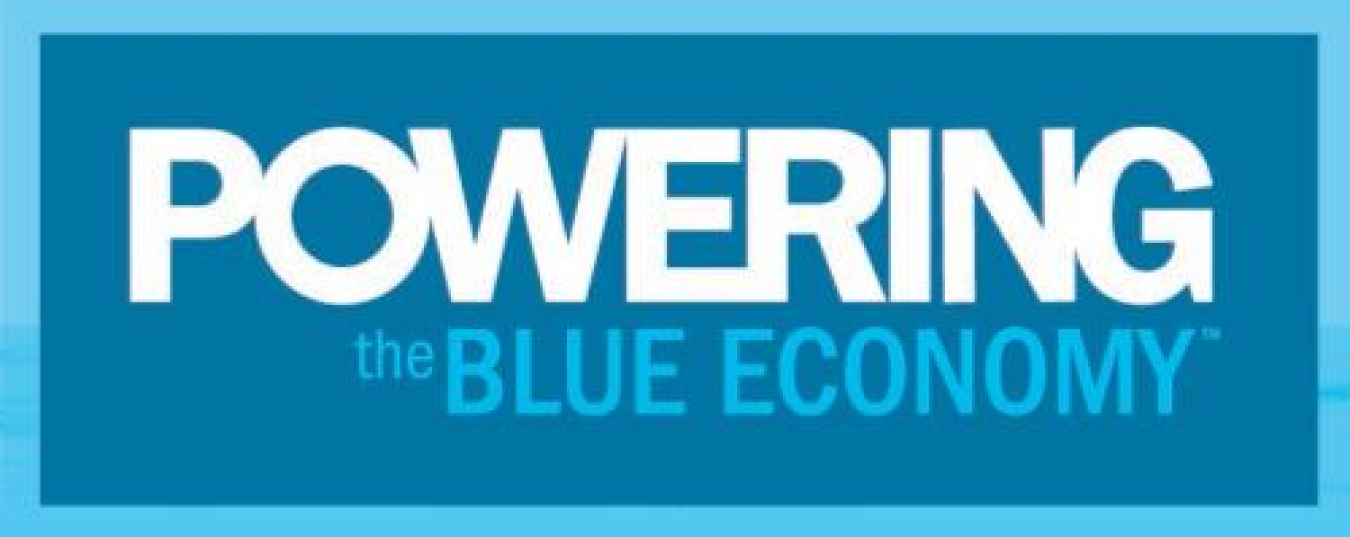PBE seeks to understand marine energy’s potential for integrating into the blue economy.
The goals of this portfolio are:
- To understand user needs and quantify the value of marine energy in emerging ocean markets uniquely suited to marine renewable energy technology
- To accelerate marine energy technology readiness and support WPTO’s strategy and mission
- To develop solutions that meet energy challenges facing private and public sector blue economy partners, including:
- Unlocking the potential of new ocean-enabled technologies
- Enhancing scientific capabilities in the ocean
- Developing resilience in remote, coastal, and island communities
The demand for food, materials, and energy from the ocean, as well as a better understanding of the ocean itself, is growing the blue economy.
Oceans can serve fundamental human needs, support climate change mitigation, and drive economic growth. PBE’s portfolio aims to unlock this potential through:
- Ocean-powered energy generation
- Sustainable aquaculture
- Technologies to map and observe 80+% of the ocean that remains unexplored
The blue economy is rapidly boosting the world economy. The Organization for Economic Cooperation and Development predicts the global economic value for ocean-related activities will double from $1.5 trillion in 2015 to $3 trillion by 2030, This growth is twice the rate of the rest of the global economy.
According to NOAA’s Report on the U.S. Marine Economy, the United States blue economy accounted for:
- 157,000 individual businesses
- 3.3 million employees
- $132 billion in wages
- $307 billion in goods and services
Investment in marine energy, can empower our country to tackle energy concerns head on, while creating jobs and strengthening our economy in the process.
Coastal communities rely on the ocean more to develop resilient energy, food, and water systems. In the United States, about 29% of the population (or 60 million people) live in coastal areas under stress from climate conditions including increased storm frequency and intensity. Deterioration of coastal areas threatens public safety, and natural disasters limit access to freshwater and electricity for extended periods of time.
These threats result in tragic losses, often for those least able to recover. An estimated 40% of Americans living in coastal counties fall into an elevated coastal hazard risk category. These individuals include children, the elderly, and those in poverty.
Marine energy strengthens coastal community resilience. Marine energy devices integrate into coastal infrastructure, such as piers, jetties, groins, and breakwaters, benefiting both shoreline protection and power generation. They contribute to coastal microgrids, increasing generating source diversity and reducing reliance on hard-to-find diesel fuel during emergencies. These technologies meet emergency needs, such as water desalination, treatment, and supply. Marine energy-powered aquaculture can alleviate longer-term critical challenges, such as food insecurity.
The blue economy is ripe for energy innovation. There is significant potential to develop technologies that serve both deep offshore and nearshore energy needs. Breakthroughs are possible with new innovations and ways of thinking about energy development, such as:
- Multidisciplinary approaches
- Co-development of energy solutions embedded within or tied to blue economy platforms
- Strategic partnerships
- Community-based, needs-driven approaches
- Innovation across multiple technology domains
Powering the Blue Economy News & Publications
-
- Hydropower
- International Award Winners
- International Award Winners
- International Award Winners
- International Award Winners
February 20, 2024 -
- Clean Energy
- Energy Justice
- Energy Justice
- Energy Justice
- Energy Justice
July 11, 2023 -
- Marine Energy
- Careers
- Careers
- Careers
- Careers
November 15, 2022 -
- Marine Energy
- Energy Efficiency
- Energy Efficiency
- Energy Efficiency
- Energy Efficiency
October 25, 2022 -
- Marine Energy
- Conversion Technologies
- Conversion Technologies
- Conversion Technologies
- Conversion Technologies
October 14, 2022 -
- Marine Energy
- Deployment
- Deployment
- Deployment
- Deployment
September 29, 2022
WPTO's Marine Energy e-newsletter shares news and updates on tools, analysis, and emerging technologies to advance marine energy.
WPTO's e-newsletter brings hydropower and marine energy funding opportunities, events, publications, & activities directly to your inbox.


